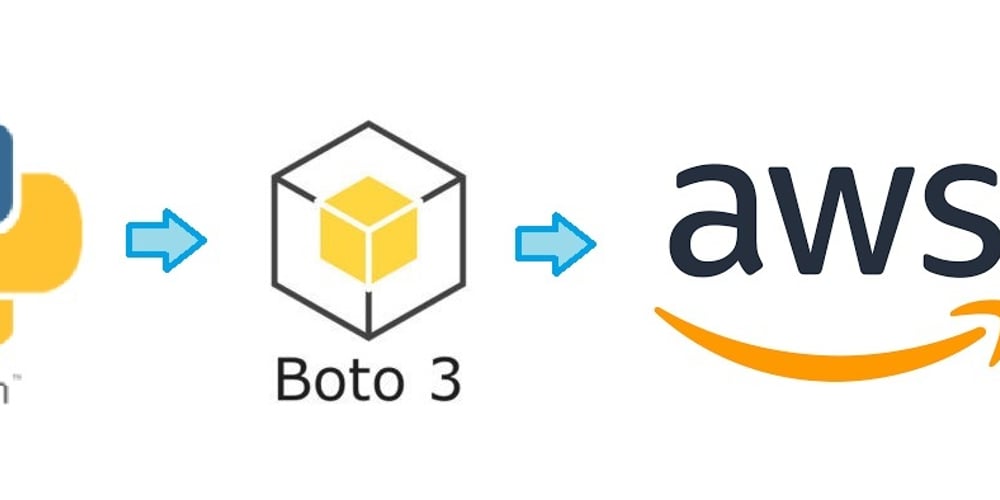Boto3 is the official AWS Software Development Kit (SDK) for Python, enabling developers to interact programmatically with Amazon Web Services. This comprehensive guide will walk you through everything you need to know about using boto3 to manage your AWS resources effectively.
What is Boto3?
Boto3 serves as a powerful Python interface for Amazon Web Services, allowing developers to automate AWS operations, manage cloud resources, and build AWS-integrated applications. The library provides both low-level direct service access and high-level object-oriented abstractions, making AWS automation accessible to both beginners and experienced developers.
Key Features and Benefits
1. Resource and Client APIs
Boto3 offers two distinct programming interfaces:
- Resource API: A higher-level, object-oriented interface that provides intuitive resource management
- Client API: A lower-level interface offering complete service functionality and direct API access
2. Comprehensive AWS Service Support
Boto3 provides extensive support for a wide range of AWS services. This includes core services like Amazon S3 for object storage, Amazon EC2 for compute resources, and Amazon DynamoDB for NoSQL databases. Furthermore, it supports newer services such as AWS Lambda for serverless computing, allowing developers to interact with the vast majority of the AWS ecosystem through a consistent and Pythonic interface.
- Amazon S3 for object storage
- Amazon EC2 for compute resources
- Amazon DynamoDB for NoSQL databases
- AWS Lambda for serverless computing
3. Built-in Security Features
Boto3 integrates seamlessly with AWS security features:
- Automatic Credential Management: Boto3 automatically handles the retrieval and management of AWS credentials, reducing the risk of exposing sensitive information directly within your code.
- Support for IAM Roles and Policies: It seamlessly integrates with AWS Identity and Access Management (IAM), allowing you to leverage roles and policies to control access to AWS resources based on the principle of least privilege.
- Built-in Request Signing: Boto3 automatically signs requests to AWS services with the appropriate credentials, ensuring that only authorized actions can be performed.
- Integration with AWS Credentials Providers: It supports various credential providers, including environment variables, shared credentials files, and instance profiles, providing flexibility in how your application obtains AWS credentials.
Getting Started
Installation
Installing boto3 is straightforward using pip:
pip install boto3Basic Configuration
Before using boto3, configure your AWS credentials:
import boto3
# Using credentials file
session = boto3.Session(profile_name='default')
~/.aws/credentials), you can specify the profile name to use within the boto3.Session() constructor.# Or configure directly
session = boto3.Session(
aws_access_key_id='YOUR_ACCESS_KEY',
aws_secret_access_key='YOUR_SECRET_KEY',
region_name='us-west-2'
)aws_access_key_id, aws_secret_access_key, and the region_name within the boto3.Session() constructor.Common Use Cases and Examples
1. Managing S3 Buckets
import boto3
# Create an S3 client
s3 = boto3.client('s3')
# Upload a file
s3.upload_file('local_file.txt', 'my-bucket', 'remote_file.txt')
# List buckets
response = s3.list_buckets()
for bucket in response['Buckets']:
print(bucket['Name'])Finally, it illustrates how to list all the S3 buckets associated with your AWS account.
2. Working with EC2 Instances
ec2 = boto3.resource('ec2')
# Launch a new instance
instance = ec2.create_instances(
ImageId='ami-0c55b159cbfafe1f0',
MinCount=1,
MaxCount=1,
InstanceType='t2.micro'
)boto3.resource('ec2'). Then demonstrates how to launch a new EC2 instance with a specified Amazon Machine Image (AMI), instance type, and desired number of instances.boto3. You can further utilize boto3 to perform a wide range of operations across various AWS services, such as managing databases (DynamoDB), executing serverless functions (Lambda), interacting with message queues (SQS), and much more.Best Practices and Optimization Tips
- Resource Management
- Always close connections and release resources properly
- Use context managers when possible
- Implement proper error handling and retries
- Performance Optimization
- Utilize connection pooling for repeated operations
- Implement pagination for large dataset operations
- Consider using resource collections for batch operations
- Security Considerations
- Never hardcode credentials in your code
- Use IAM roles and temporary credentials when possible
- Regularly rotate access keys
- Implement least privilege access
Troubleshooting Common Issues
- Credential Errors
- Verify AWS credentials are properly configured
- Check IAM permissions and policies
- Ensure region settings are correct
- Connection Issues
- Implement proper error handling for API calls
- Use exponential backoff for retries
- Check network connectivity and VPC configurations
Future-Proofing Your Boto3 Implementation
In order to keep your systems live it is important to stay updated with AWS and boto3 developments:
- Subscribe to AWS Python SDK release notes
- Follow boto3 documentation updates
- Join AWS developer communities
- Regularly review deprecation notices
More Like This from Python Central

